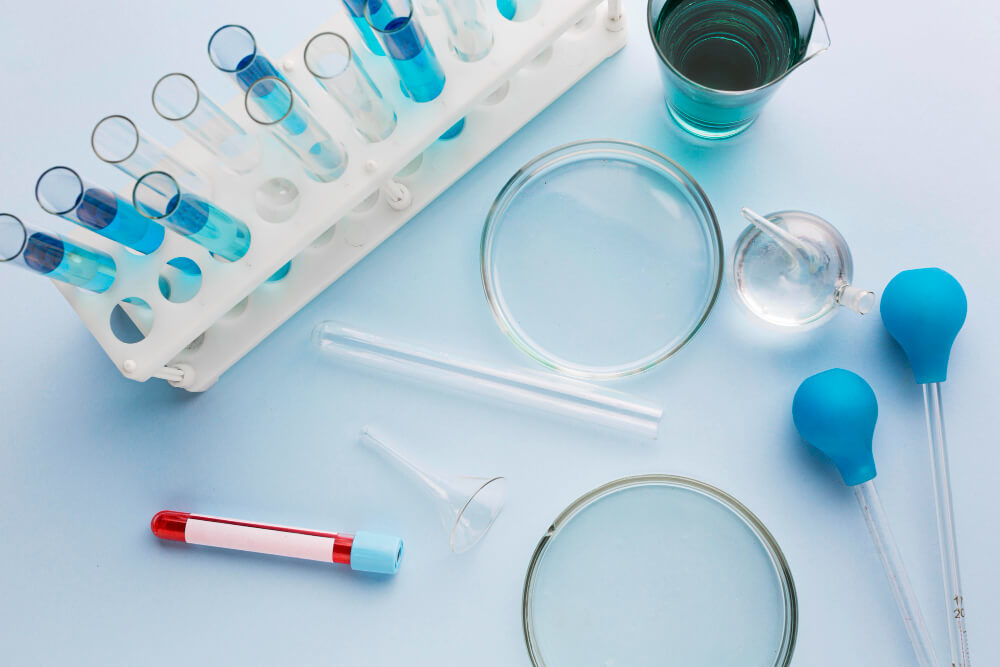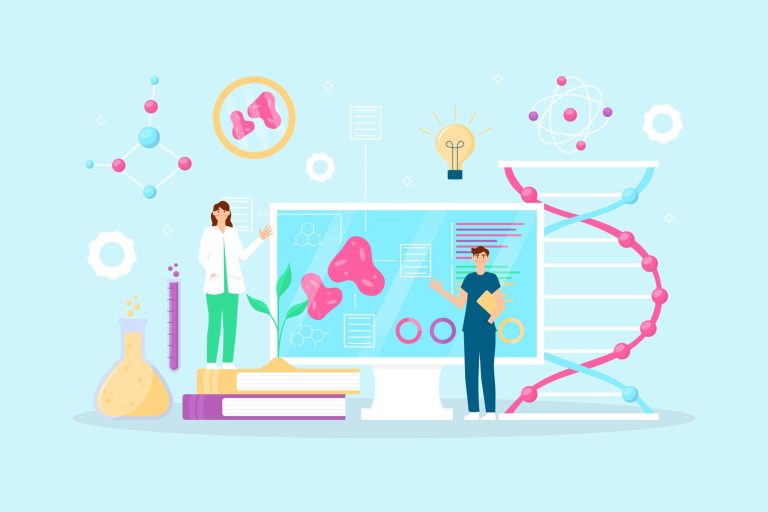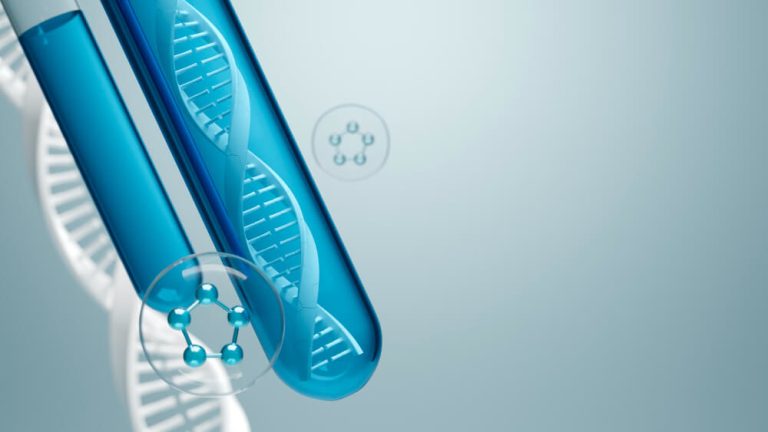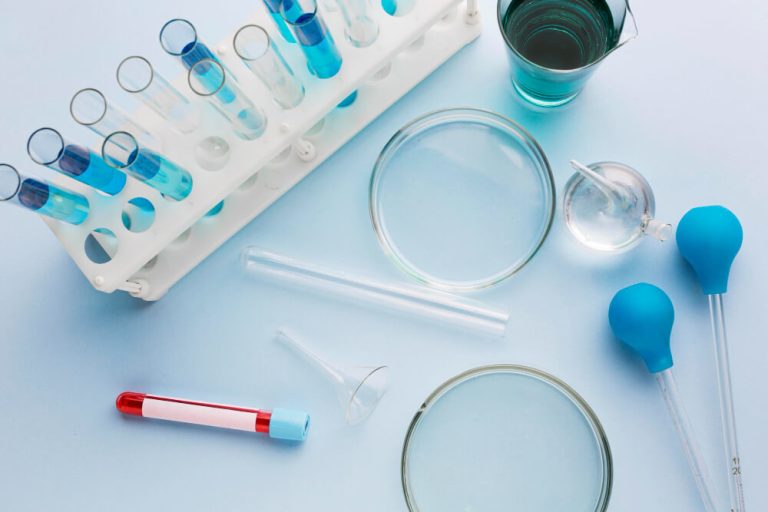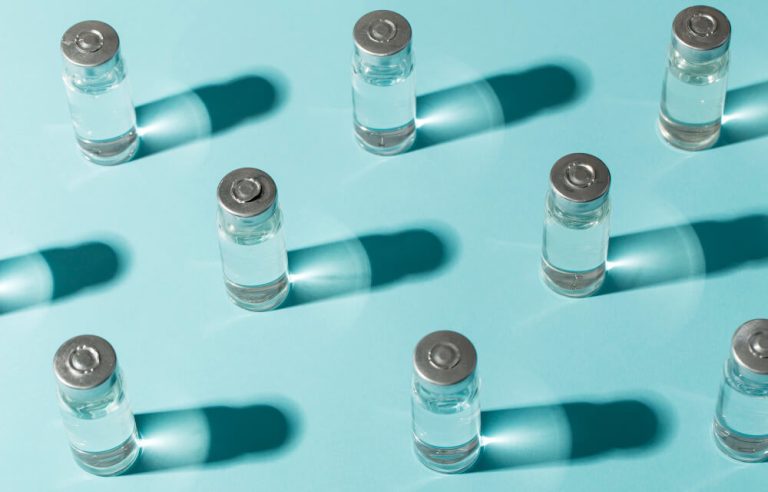The Ultimate Guide to Hormone Training for Optimal Health
Ever feel like you’re doing everything right—eating well, exercising—but still feel off? You might be tired, struggling with your weight, or feeling moody for no clear reason. The hidden culprit could be your hormones.
These powerful chemical messengers run the show behind the scenes, and when they’re out of sync, your health can suffer. This is where a smarter, more personalized approach to wellness comes in. It’s not about working harder; it’s about working in harmony with your body’s natural rhythms.
Welcome to the world of hormone optimization. By understanding how your lifestyle choices impact your endocrine system, you can unlock a new level of vitality. This comprehensive guide to Hormone Training will show you how to tailor your fitness, nutrition, and daily habits to support your unique hormonal blueprint.
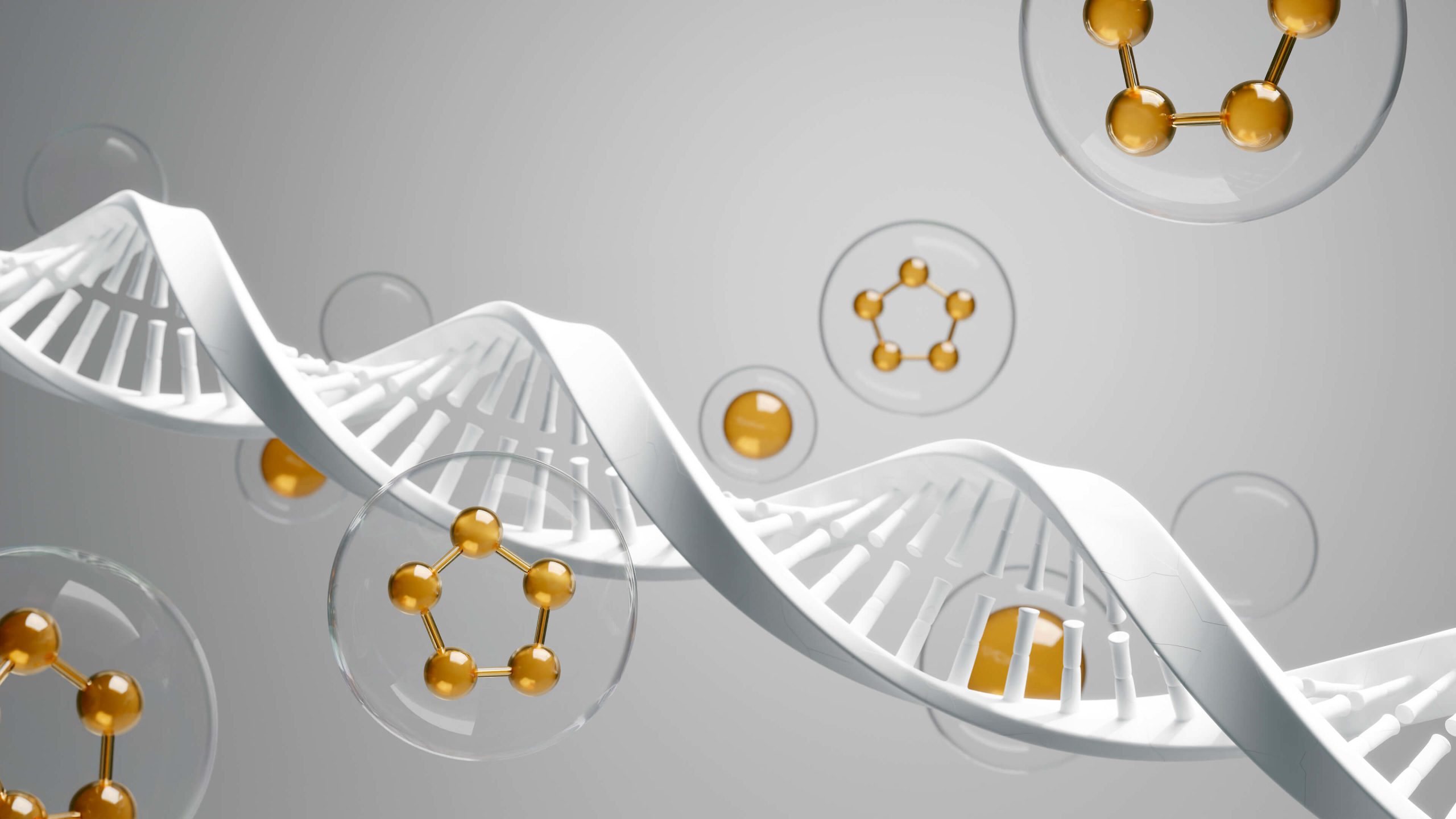
What Are Hormones and Why Do They Matter?
Think of hormones as your body’s internal communication network. They are chemical messengers produced by your endocrine glands—like the thyroid, adrenals, and pancreas—that travel through your bloodstream to tissues and organs.
They deliver instructions that control nearly every major process in your body. This includes your metabolism, heart rate, sleep cycles, mood, stress levels, and reproductive functions.
When this system is balanced, you feel energetic, clear-headed, and resilient. But when even one hormone is too high or too low, it can create a domino effect, disrupting your overall well-being and making you feel like a stranger in your own body.

How Can You Tell If Your Hormones Are Imbalanced?
Hormonal imbalances don’t always announce themselves with a clear diagnosis. Often, they show up as a collection of nagging symptoms that are easy to dismiss as just ‘part of life’ or aging.
Common signs for both men and women can include persistent fatigue that isn’t resolved with sleep, unexplained weight gain or difficulty losing weight, especially around the midsection, and digestive issues like bloating.
You might also experience mood swings, anxiety, or feelings of depression. Other indicators are low libido, poor sleep quality, brain fog, and changes in your skin or hair.
For women, these symptoms can be coupled with irregular menstrual cycles, heavy or painful periods, or severe PMS. For men, a key sign can be a loss of muscle mass, reduced stamina, or difficulty with concentration. Recognizing these patterns is the first step toward reclaiming your health.
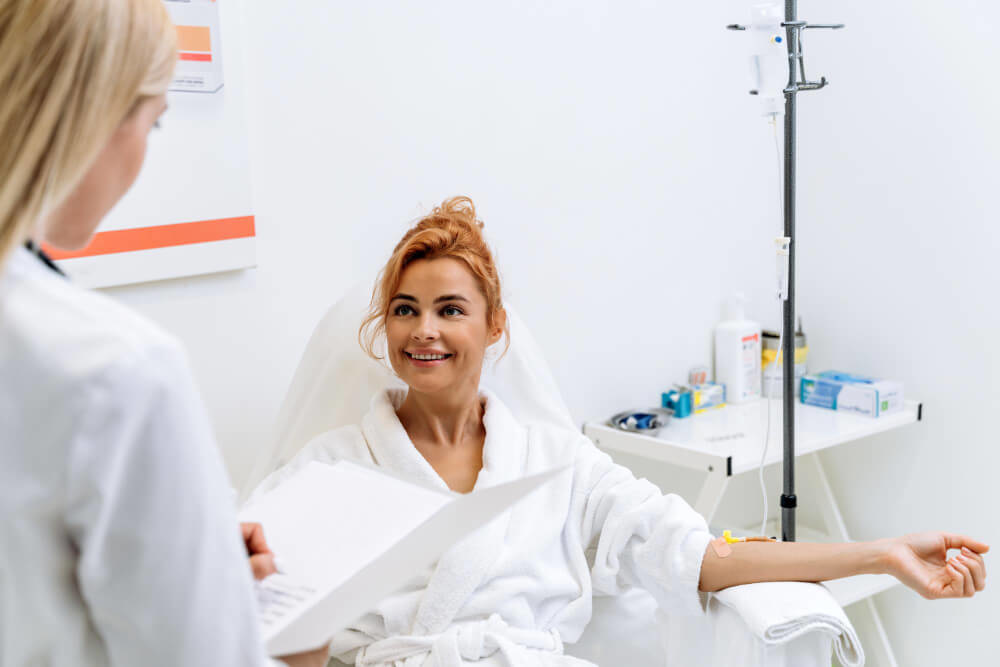
What Exactly Is Hormone Training?
Hormone training is a strategic lifestyle philosophy centered on aligning your activities, primarily exercise and nutrition, with your body’s hormonal state. It rejects the ‘no pain, no gain’ mentality that often leads to burnout and hormonal chaos.
Instead of following a rigid, one-size-fits-all plan, you learn to listen to your body’s cues. The goal is to choose activities that support your hormones at any given time, rather than fighting against them.
For women, this often means syncing workouts to the phases of the menstrual cycle. For men, it might involve timing workouts to align with daily testosterone fluctuations. Ultimately, it’s about creating a sustainable practice that reduces stress on the body and promotes hormonal harmony for long-term vitality.
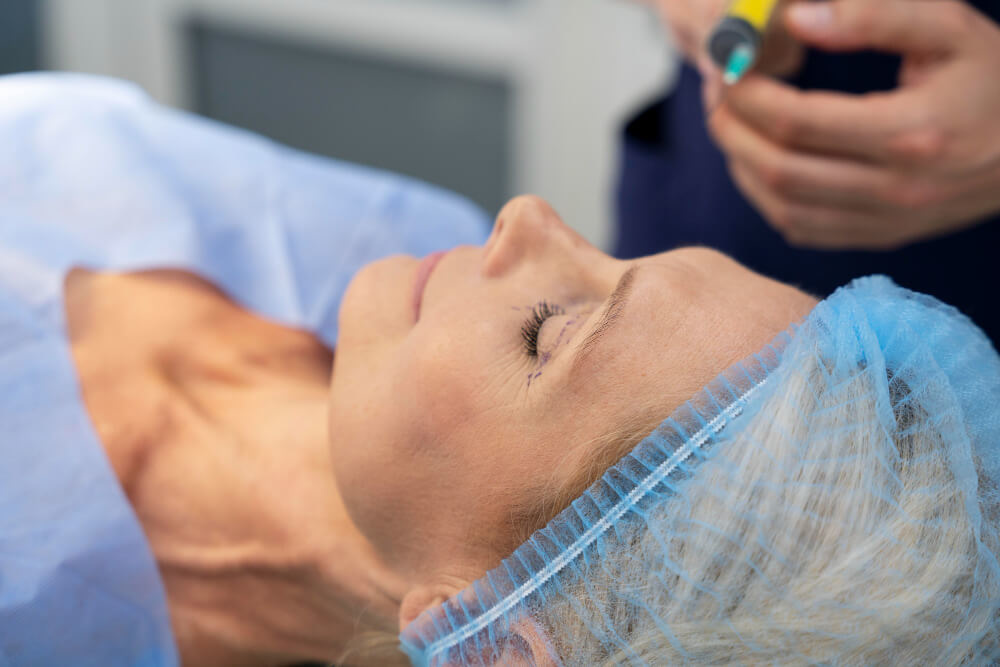
How Does Exercise Influence Your Hormones?
Exercise is one of the most powerful tools you have for influencing your endocrine system. Every workout you do sends signals that can either help or hinder your hormonal balance, making it a critical component of any wellness strategy.
One of the most significant players is cortisol, the stress hormone. Chronic, intense exercise without adequate recovery can elevate cortisol, leading to fat storage, inflammation, and fatigue. However, mindful movement like yoga or walking can help lower it, promoting a calmer internal state.
Insulin, which manages blood sugar, is another key hormone. Regular physical activity improves insulin sensitivity, meaning your body needs less insulin to do its job. This is crucial for preventing metabolic issues and managing weight effectively.
Movement also triggers the release of endorphins, your body’s natural mood elevators, which can combat stress and improve your sense of well-being. Understanding how does exercise affect your hormones is the first step toward using it as a therapeutic tool rather than just a way to burn calories.
The relationship between physical activity and your endocrine system is complex and multifaceted. As experts from Harvard Medical School have noted, nearly every hormone can be influenced by your activity level. A deep dive into the connection between exercise and your hormones reveals just how interconnected your physical habits and internal chemistry truly are.

How Can Women Adapt Their Workouts for Hormonal Balance?
For women, the menstrual cycle provides a natural roadmap for hormone training. By tuning into the four distinct phases, you can optimize your energy, strength, and recovery. This approach is sometimes called cycle syncing.
It’s a powerful way to work with your body’s fluctuating estrogen and progesterone levels, leading to better results and fewer negative symptoms like burnout or injury. The right exercise for hormonal balance can make a world of difference in how you feel throughout the month, turning your cycle into a source of strength.

What should training look like during the follicular phase?
The follicular phase begins on the first day of your period and lasts until ovulation, typically around day 14. In the early days, also known as menstruation, your hormones are at their lowest. This is a time for rest, recovery, and gentle movement like walking, stretching, or restorative yoga.
As you move past your period, estrogen begins to rise. This brings a surge of energy and resilience, making it the ideal time to push yourself with more intense workouts. Think high-intensity interval training (HIIT), challenging strength sessions, or a long run. Your body is primed for building muscle and hitting new personal bests.

How should workouts change during ovulation?
Ovulation occurs around the middle of your cycle when estrogen and testosterone peak. This is when you are likely at your strongest and most energetic. Your pain tolerance is higher, and your body is ready for peak performance.
This is the perfect window to schedule your most demanding workouts. Go for heavy lifting, plyometrics, or intense cardio sessions. Take advantage of this hormonal high to maximize your fitness gains and push your limits in a supportive biological environment.

What is the best exercise for the luteal phase?
After ovulation, you enter the luteal phase. Progesterone rises, and estrogen begins to decline. In the early part of this phase, you might still feel quite strong and can continue with moderate-intensity workouts like steady-state strength training or medium-distance runs.
However, as you approach your period, both estrogen and progesterone levels drop. Your body temperature rises, and you may feel more fatigued and less motivated. This is the time to scale back the intensity. Focus on steady-state cardio, moderate-weight strength training, and bodyweight exercises. Pushing too hard now can spike cortisol and worsen PMS symptoms.
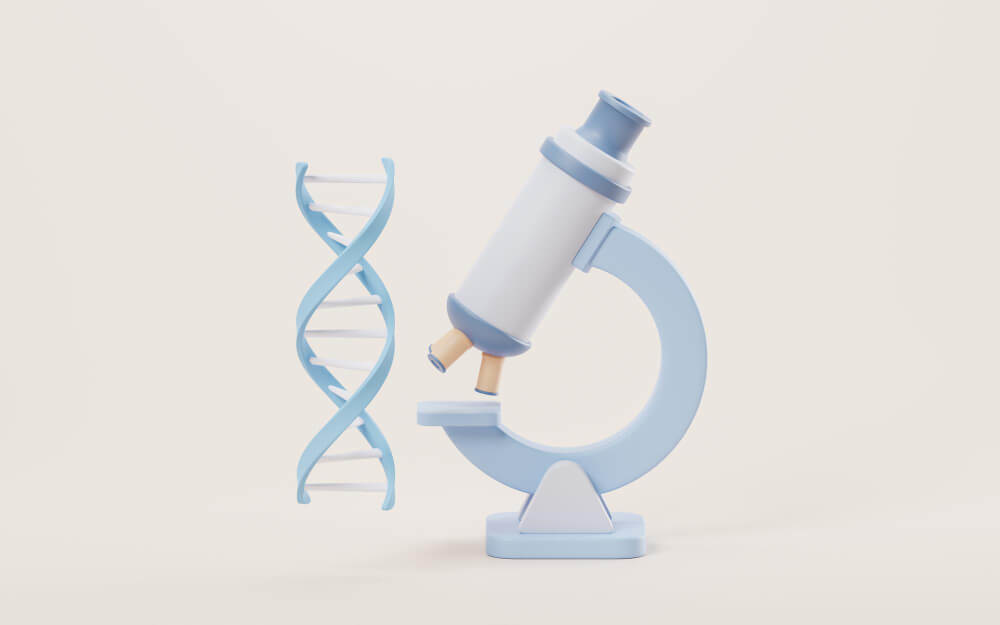
How should you exercise during menstruation?
As your cycle begins again with menstruation, your hormone levels are at their lowest point. This is your body’s clear signal to rest and recover. Forcing high-intensity workouts during this time can be counterproductive, increasing inflammation and draining your energy reserves.
Listen to your body, as its needs can vary. For some, a complete rest day is best. For others, gentle movement like walking, light yoga, or stretching can help alleviate cramps and improve mood. The key is to be compassionate with yourself and provide what your body needs, not what a rigid schedule dictates.
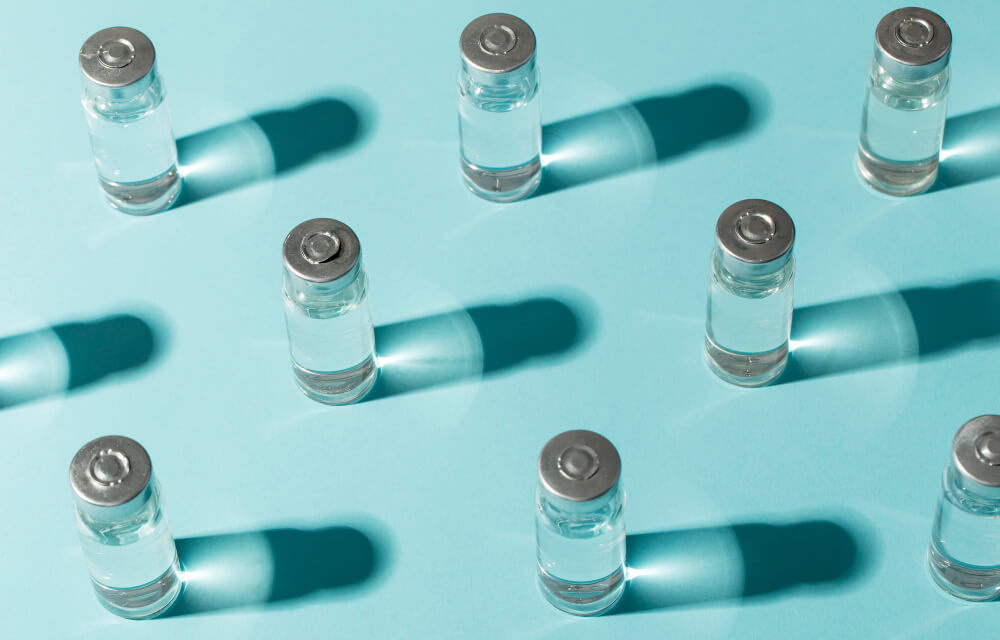
What About Hormone Training for Men?
While men don’t have a monthly cycle, their hormones follow a predictable daily, or diurnal, rhythm. Testosterone, the primary male sex hormone, is typically highest in the morning and gradually declines throughout the day. This provides a natural framework for optimizing workouts.
Hormone training for men often involves capitalizing on this daily pattern. Scheduling strength training or other intense workouts in the morning can take advantage of peak testosterone levels, potentially leading to better muscle growth and performance.
Resistance training is particularly effective for supporting healthy testosterone levels. Compound movements like squats, deadlifts, and bench presses that engage large muscle groups are excellent choices as they provide a significant stimulus for anabolic hormone release.
High-intensity interval training (HIIT) can also provide a potent stimulus for growth hormone and testosterone. However, balance is crucial. Overtraining and chronic cardio can elevate cortisol, which has a suppressive effect on testosterone, undermining your efforts.
Recovery is just as important as the workout itself. Adequate sleep, stress management, and proper nutrition are non-negotiable for maintaining a healthy hormonal profile. Understanding the 6 hormones that will build you a bigger body can provide a roadmap for structuring workouts to maximize anabolic, or muscle-building, signals for better results.

What Role Does Nutrition Play in Hormonal Health?
You cannot out-train a poor diet, especially when it comes to hormonal balance. Nutrition provides the fundamental building blocks your body needs to produce and regulate hormones effectively.
Healthy fats are essential. Your body uses cholesterol from fats like avocado, olive oil, nuts, and seeds to create steroid hormones, including estrogen, progesterone, and testosterone. A low-fat diet can starve your body of these crucial materials.
Protein provides amino acids, which are necessary for producing peptide hormones like insulin and growth hormone. Including a quality protein source with every meal helps stabilize blood sugar and supports muscle repair and growth.
Complex carbohydrates from sources like sweet potatoes, quinoa, and vegetables are also important. They provide sustained energy and help manage insulin levels, preventing the blood sugar spikes and crashes that can disrupt hormonal harmony and lead to energy dips.
Micronutrients also play a starring role. Magnesium helps calm the nervous system, vitamin D acts like a hormone itself, and B vitamins are critical for energy production and stress management. A nutrient-dense diet is the foundation of hormonal health.

Beyond Exercise and Diet, What Else Affects Hormones?
While fitness and food are pillars of hormone health, other lifestyle factors are equally important. You must consider your entire 24-hour cycle to truly optimize your endocrine system and achieve lasting balance.
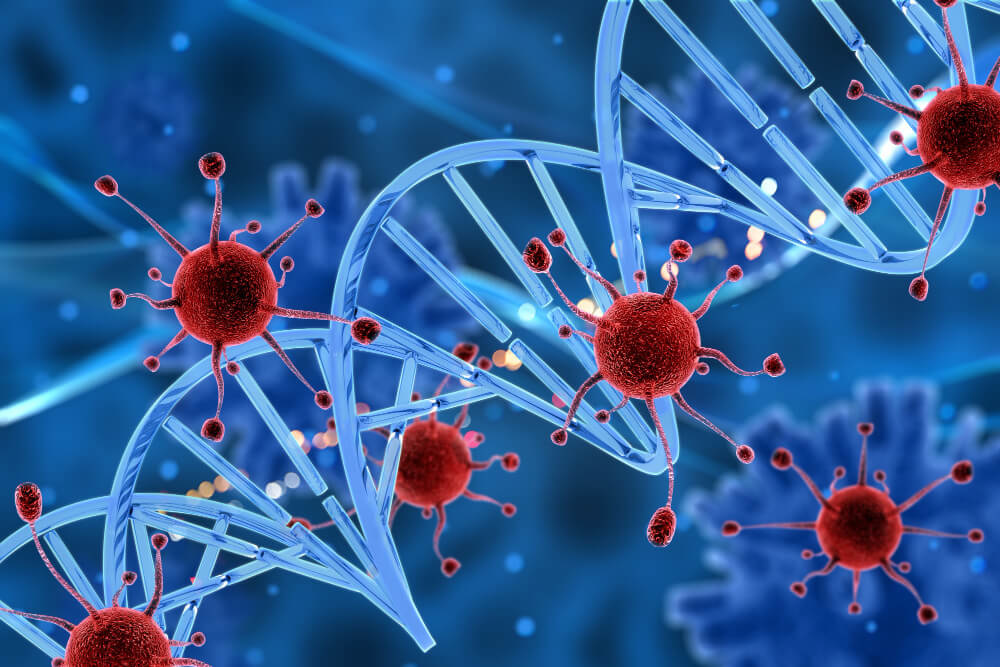
How does sleep impact your hormonal profile?
Sleep is when your body does most of its hormonal repair and regulation work. During deep sleep, your body releases growth hormone, which is vital for cellular repair. Poor sleep, on the other hand, disrupts this process and significantly elevates cortisol levels the next day.
Chronic sleep deprivation can also impair insulin sensitivity and lower testosterone. Aiming for 7-9 hours of quality, uninterrupted sleep per night is one of the most effective things you can do for your hormones. It is not a luxury; it is a biological necessity.

Can stress management really make a difference?
Absolutely. Chronic stress keeps your body in a constant ‘fight or flight’ state, leading to persistently high cortisol. This can suppress reproductive hormones, impair thyroid function, and contribute to insulin resistance over time.
Incorporating stress-reducing practices into your daily routine is essential. This could be meditation, deep breathing exercises, spending time in nature, or engaging in a hobby you love. These activities help shift your nervous system into a ‘rest and digest’ state, allowing your hormones to rebalance.
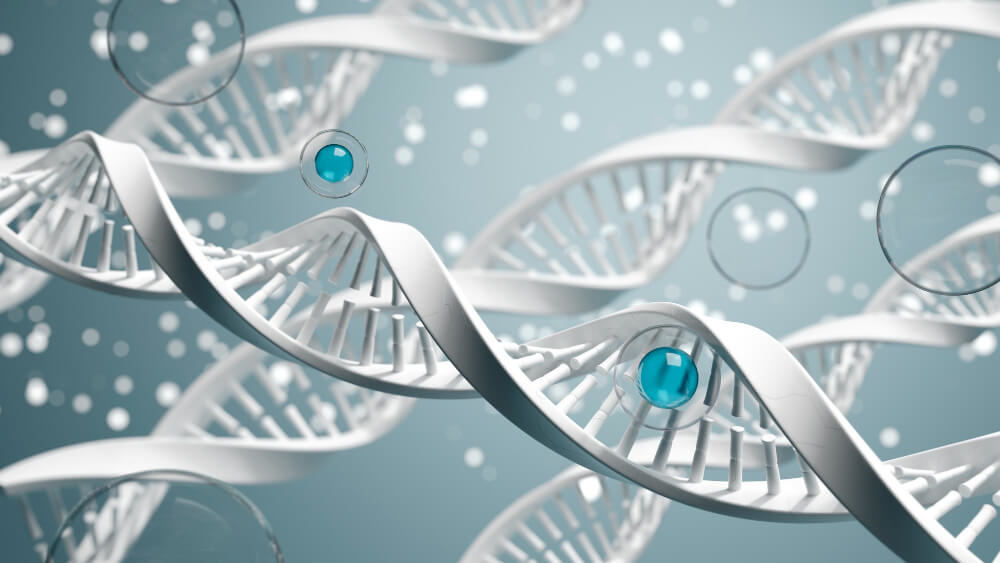
What about environmental toxins and endocrine disruptors?
We are exposed to chemicals in our environment that can interfere with our endocrine system. These are known as endocrine-disrupting chemicals (EDCs) and are found in plastics, pesticides, cosmetics, and cleaning products.
While you can’t avoid them completely, you can reduce your exposure. Opt for glass containers over plastic, choose natural personal care products, eat organic produce when possible, and use simple, non-toxic cleaning supplies. Every small step helps lessen the toxic burden on your body.

When Should You Seek Professional Guidance?
Implementing lifestyle changes through hormone training can create profound improvements in your health. However, sometimes these strategies aren’t enough to resolve persistent or severe symptoms that impact your quality of life.
If you’ve been working on your diet, exercise, sleep, and stress and still struggle with significant fatigue, weight issues, or mood disturbances, it may be time to seek professional help. A qualified healthcare practitioner can help you dig deeper with targeted diagnostics.
Proper testing is key to getting a clear picture of what’s happening internally. For women in their 30s, 40s, and beyond, this is especially true. A skilled professional who understands the nuances of interpreting hormonal panels for perimenopausal women can provide invaluable insights that go beyond standard lab ranges.
This level of expertise is not always found in conventional medicine. It’s important to find a practitioner who has invested in advanced education. The existence of specialized programs like a hormone therapy certification for doctors highlights the need for dedicated training to effectively manage and optimize patient hormones. A certified expert can guide you through targeted therapies and advanced protocols when lifestyle changes alone fall short.
Hormone training is not a quick fix or a rigid set of rules. It is a deeply personal and empowering approach to health that honors your body’s unique biology. By learning to listen to its signals and respond with supportive exercise, nutrition, and lifestyle choices, you can move from a state of imbalance to one of vibrant, resilient well-being.
This journey is about fostering a partnership with your body, working together to unlock your full potential for energy, strength, and longevity.
Frequently Asked Questions
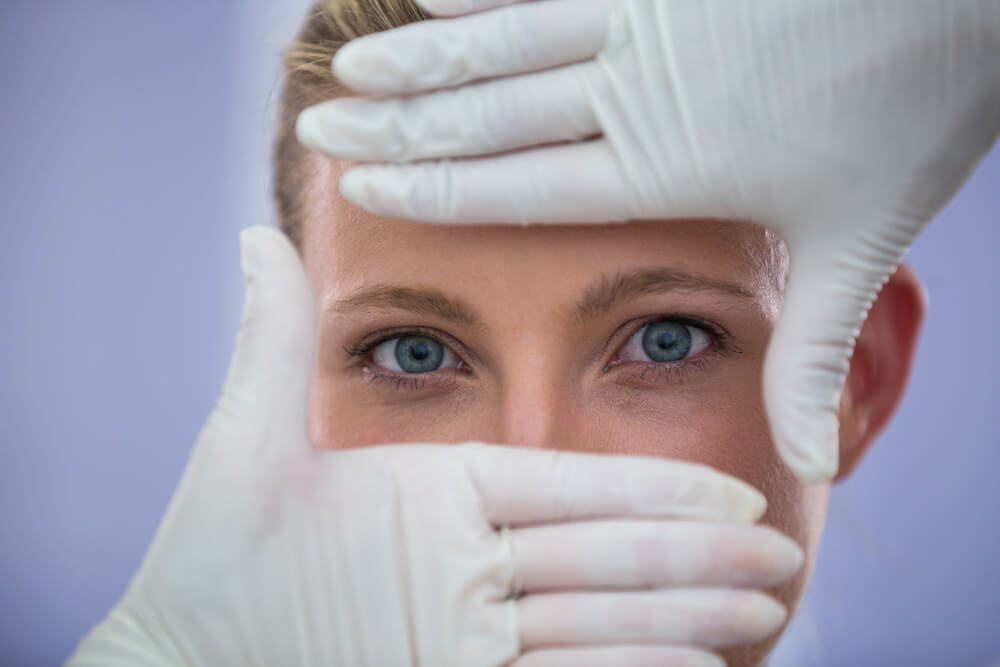
How do I successfully integrate BHRT services into my existing medical practice after completing the training?
Successfully integrating BHRT begins with a strategic internal and external launch plan. You should update your practice’s website and marketing materials to highlight this new service, and consider creating educational content to inform both prospective and current patients. Operationally, you will need to establish dedicated appointment slots for BHRT consultations and follow-ups, as these often require more time than standard visits.
Beyond marketing, preparing your team and your supply chain is crucial for a smooth rollout. Train your administrative and clinical staff on the basics of BHRT, new scheduling protocols, and how to answer initial patient inquiries. It is also essential to establish relationships with reputable compounding pharmacies to ensure a reliable source for high-quality, customized hormone preparations for your patients.
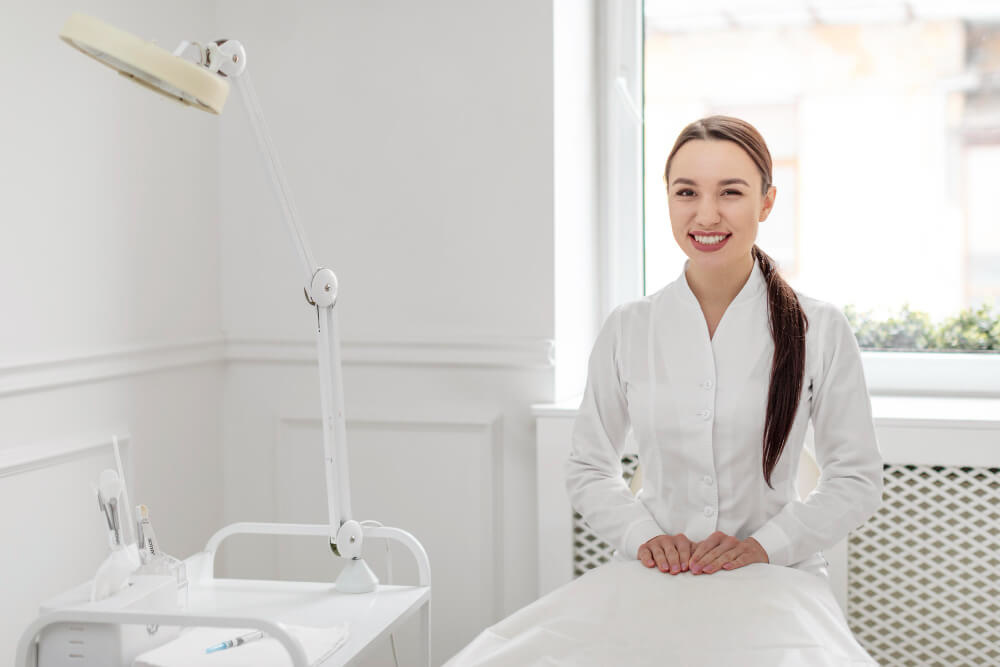
Is ongoing mentorship or support available after I finish my BHRT certification?
Most comprehensive BHRT training programs understand that learning continues long after the initial course concludes. They typically offer ongoing support through various channels, such as exclusive online forums, private social media groups, or direct email access to instructors for complex case consultations. This post-certification support is invaluable for building confidence as you begin treating patients and encountering unique clinical scenarios.
Furthermore, these organizations often provide a clear path for continued education to help you maintain and advance your expertise. This can include access to advanced workshops, annual conferences, and a library of updated research and clinical protocols. Engaging with this network ensures you remain at the forefront of the field and continue to provide the highest standard of care.

What are the key legal and regulatory considerations I need to be aware of when offering BHRT?
When offering BHRT, you must always operate strictly within your state’s scope of practice regulations for your specific license (MD, DO, NP, PA). Meticulous documentation is your most important legal safeguard, so ensure you conduct thorough patient histories and maintain detailed records of every consultation. It is also imperative to use a comprehensive informed consent process that clearly outlines the potential benefits, risks, and alternatives to the therapy.
Additionally, you are responsible for vetting the compounding pharmacies you work with to ensure they are licensed and adhere to stringent quality and safety standards, such as those set by the Pharmacy Compounding Accreditation Board (PCAB). Staying informed about any FDA announcements or state medical board guidelines regarding compounded hormones is an ongoing professional duty. This diligence protects both your practice and your patients.
Are you a healthcare professional, medic, or clinic owner ready to lead the charge in preventative and regenerative medicine? Talking Longevity offers the most comprehensive functional medicine training, longevity training, and biohacking certification programs. Discover how you can master cutting-edge regenerative medicine protocols and anti-aging therapies to transform your practice and your patients’ lives.

